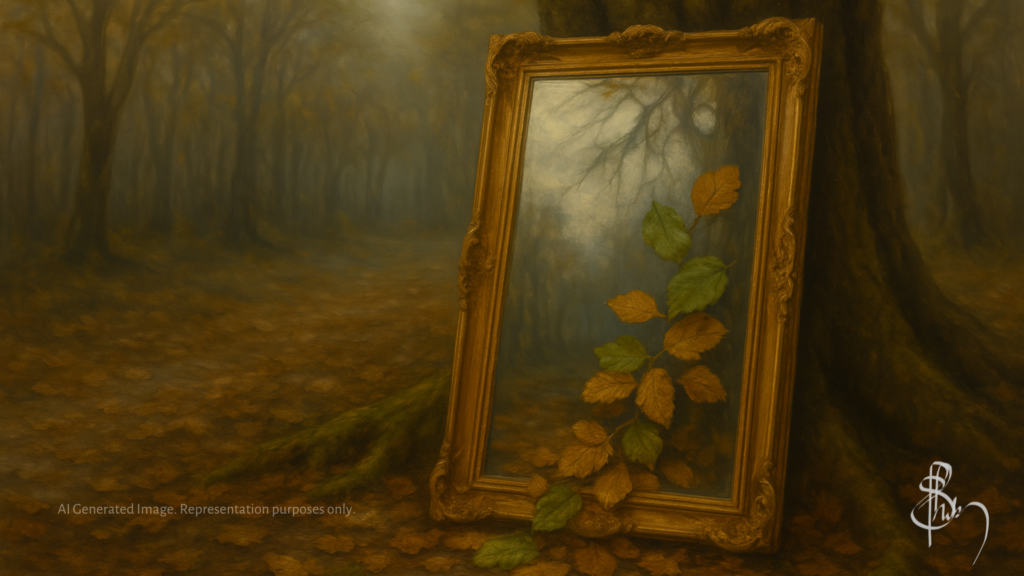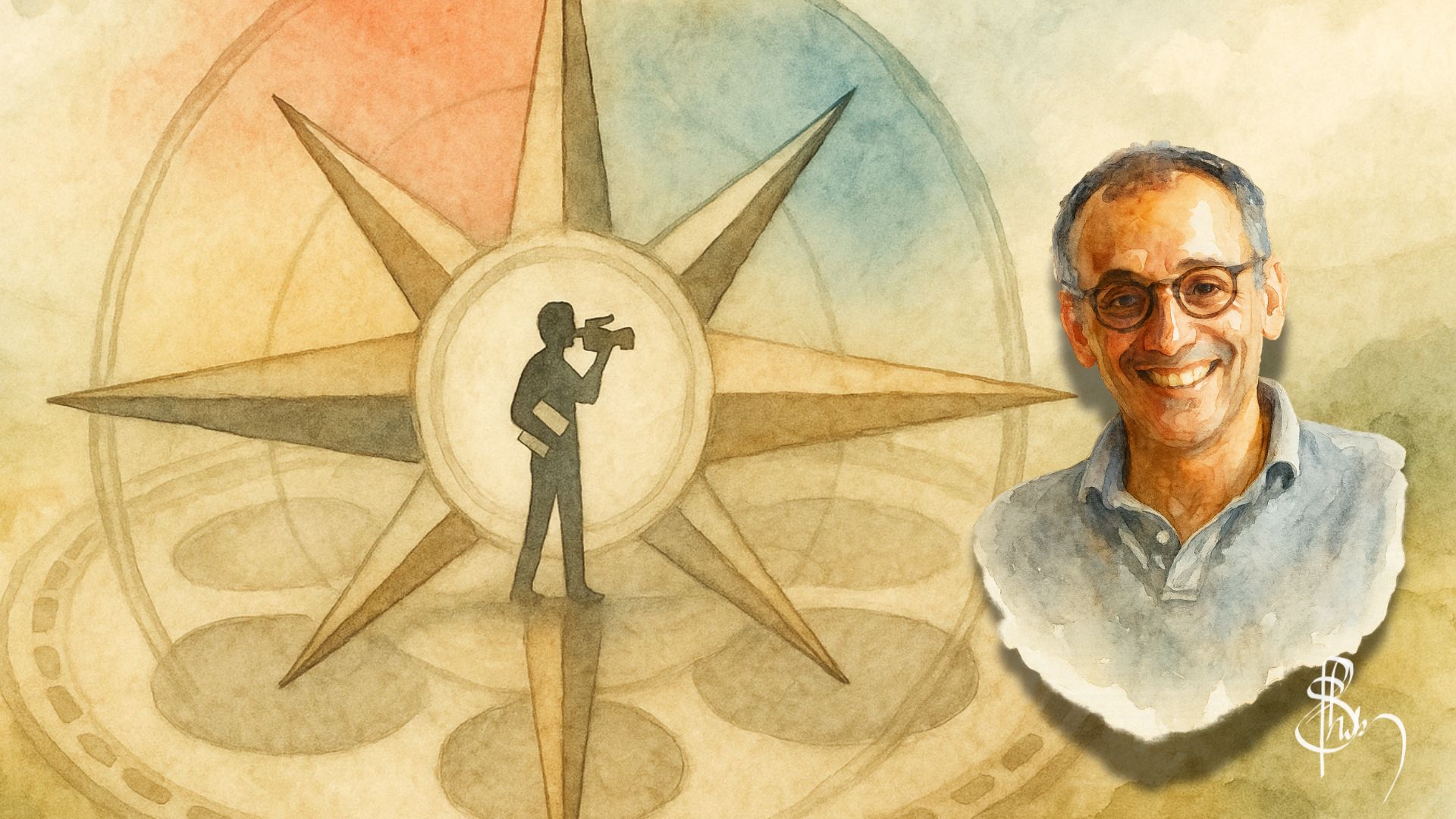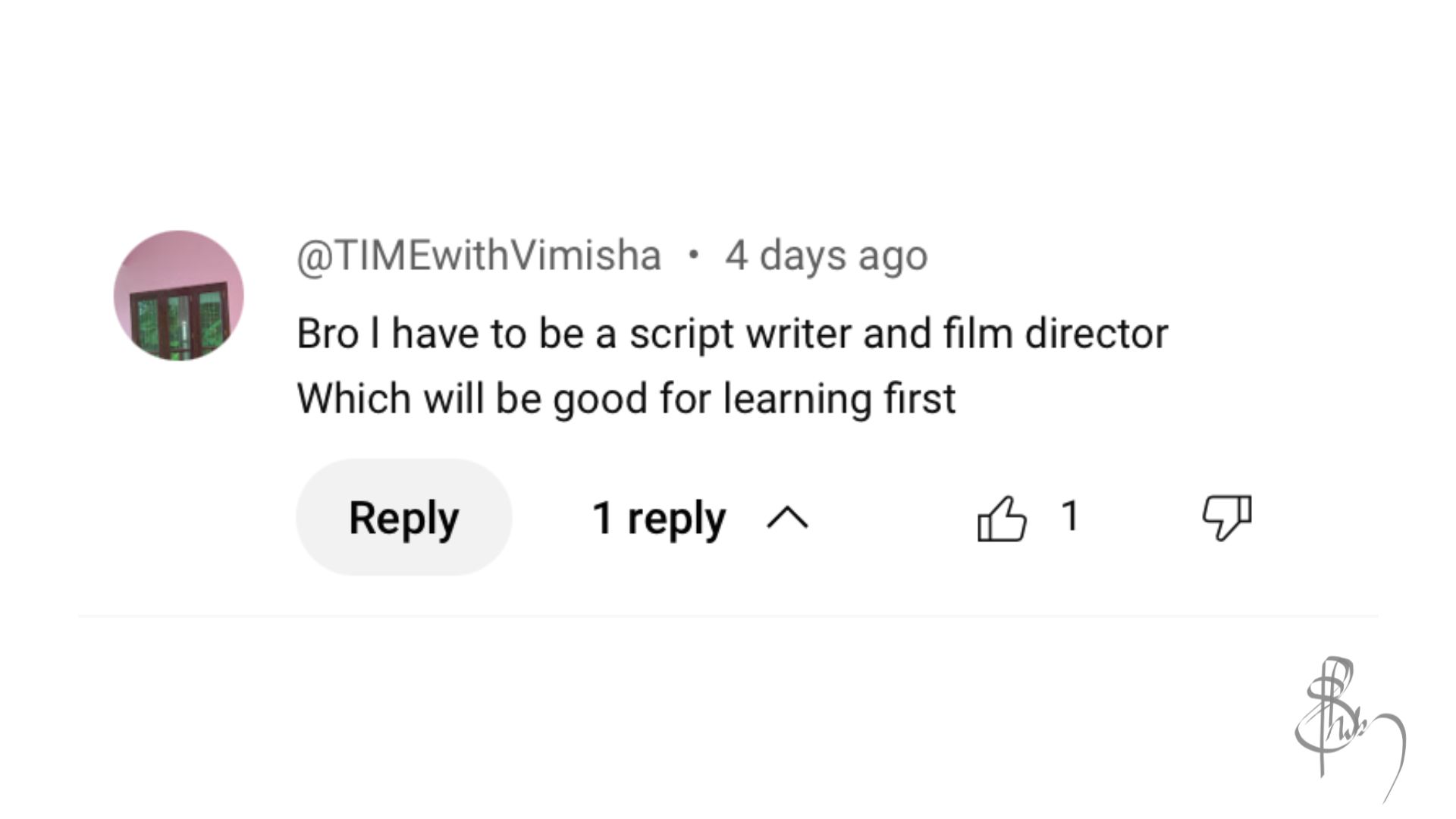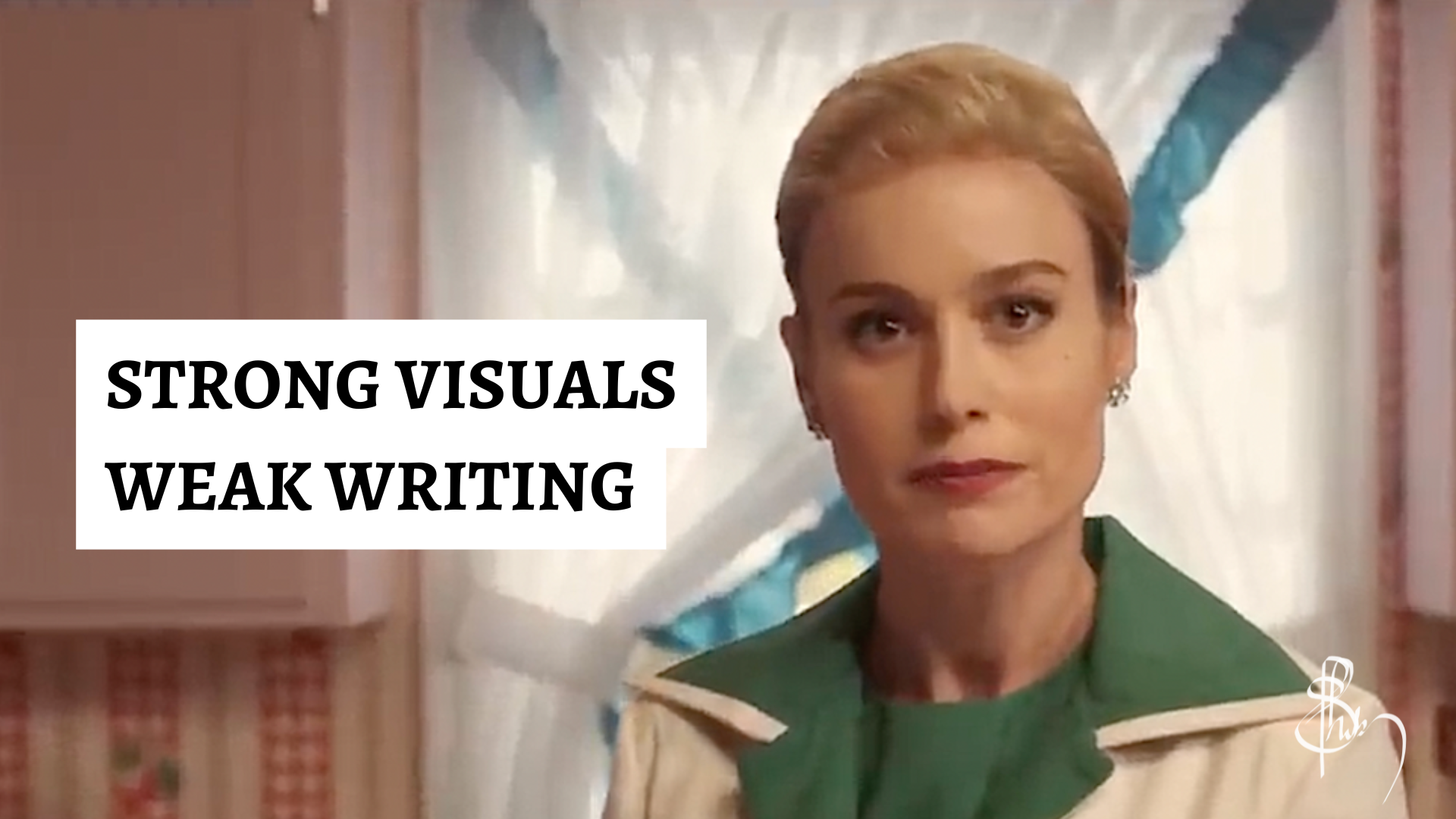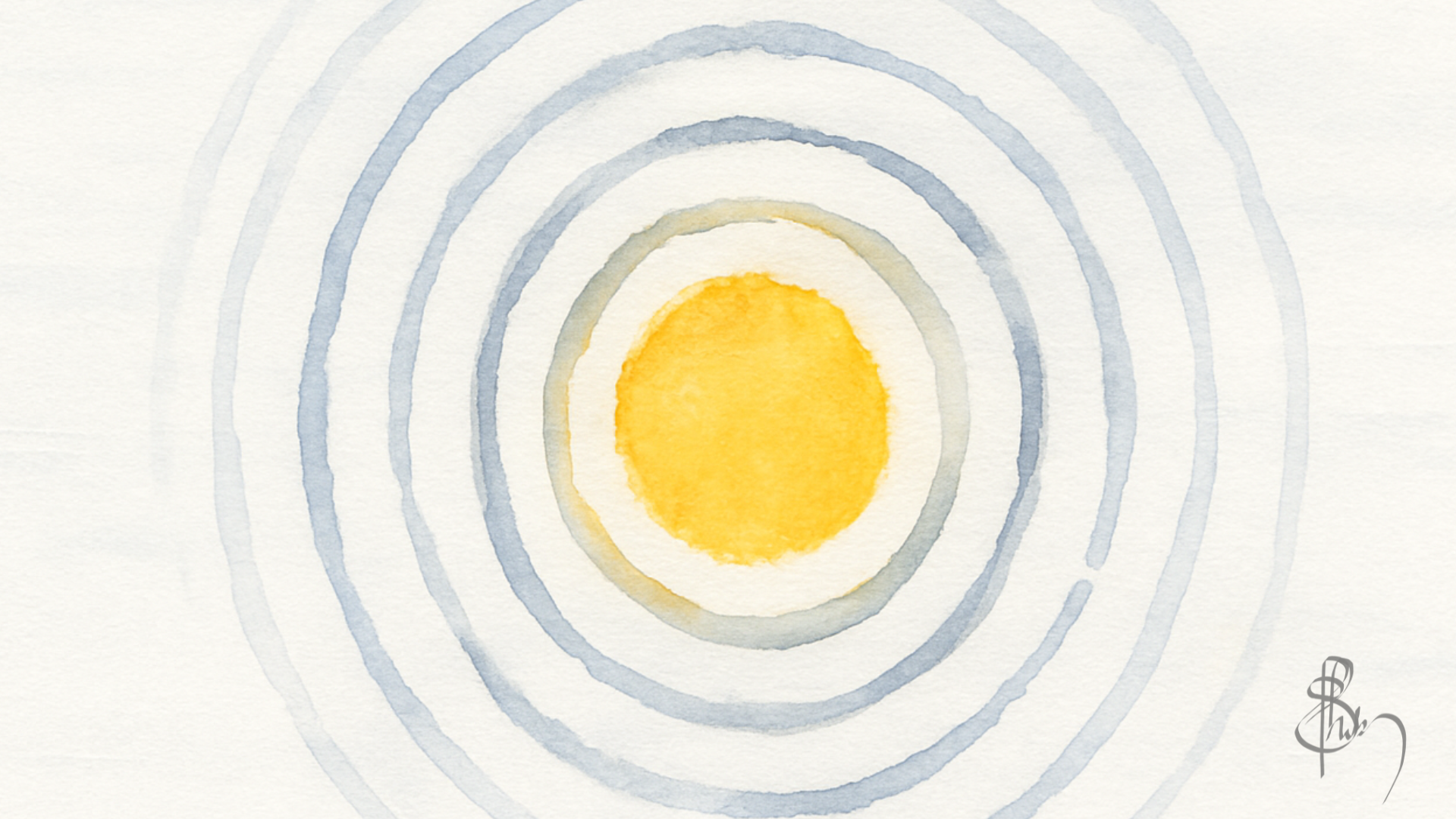Writing, for me, has always meant solitude. Not isolation. But a quiet room, a pause, a stretch of unbroken time with my thoughts. Using AI in my writing process wasn’t something I planned. But over time, I’ve found myself turning to it.
Not to write for me. But for company. For speed. Not speed in the sense of churning out bulk text. But the kind of speed that helps clear the fog faster. That helps me see the shape of something I see in the mist. A place where I can watch myself think.
You see when I am on set making a film there’s always someone nearby. Someone on the lights, someone bringing food, someone asking what next. It’s alive with teamwork. Writing is not. And maybe that’s what makes it harder. But I love doing it.
How AI Helps
When I type, I slow down. I start looking for the perfect word, and the right punctuation. I begin fixing instead of following. But when I speak, the ideas come out more freely. It is less filtered and filled with mistakes, half-formed sentences and long rambles. An idea I took from David Perell. That is how humans talk. So I began using AI in my writing process this way—by talking to it. And the transcription is good. Not perfect. But good enough. The few mistakes are worth it for what I get in return.
More than that, it gives me something to return to. An anchor point to find my way around and find clarity. Over time I’ve been shaping a series of prompts to tidy up these rambles, without flattening their mood. This very write-up came from that process. As a voice note. A fog.
That’s one side of how I use AI. But I also write fiction.
Using AI in Fiction Writing
The other day, I started turning my latest novella The Wedding Chase into a screenplay. I already had the whole story. It was written in a cinematic style, with mostly actions and dialogue. In fact, I had originally started writing it as a film before it became a novella.
The work ahead was clear. Find the scene breaks, track who’s speaking and when they are speaking, mark the locations, and reformat it into a screenplay format. I could do it. I just didn’t feel like doing it.
One guideline I follow in deciding when to use AI is this: if there’s something I have to do but don’t feel like doing it, try AI. And so I wondered, “What if ChatGPT could reformat a cinematic novella into a screenplay?”
It wasn’t something I’d seen done. I mean I hadn’t seen anyone using ChatGPT to turn prose into screenplay format. I didn’t even know if it could be done. But it did, after hours of prompt tweaking and so on. It helped that The Wedding Chase was already written predominantly in cinematic prose. AI helped find the natural scene breaks. This has become one of the most practical ways of using AI in my writing process.
Let me be clear, it didn’t write the script for me. But it did what I would’ve done. Just much faster. A task that would’ve taken me two or three days got done in a couple of hours. Now I’m going over each scene and rewriting them for better cinematic storytelling. AI did the grunt work, so I could spend more time on the higher-order creative choices.
And then there are these playful things I do.
Playful Use of AI
Sometimes I come across a photo I find beautiful. I give it to AI to analyze—ask it what I might be resonating with. I ask it to describe the image the way, say, J.K. Rowling or Tagore might describe it. Sometimes I ask it to turn that description into a painting—not to make “art,” exactly. More to see what kind of image each description holds. It teaches me what I notice. How others might describe the same scene. It’s just a fun little exercise. You can read more here.
Where I Draw the Line
I don’t let AI write my prose. Using AI in my writing process never means giving up authorship. I use it to quicken things, to clear the fog, to get to a first draft. But that’s all it is, a first draft. It doesn’t go untouched.
I don’t know what it is exactly, but I feel there’s something sacred about the words I put out in my name, like an unspoken promise. One no one is really asking for. But it matters to me. At least that’s how I see it right now. Let’s see how that changes over time. Maybe one day AI will be able to write exactly what I feel inside.
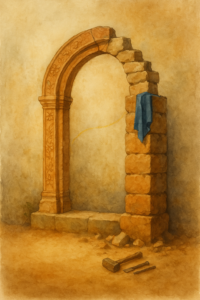 That said, there are still questions I haven’t answered. Like, if AI helped me figure out what my foggy thoughts were, how much of those thoughts are still mine? How much of what surfaced came from me, and how much came from its training data?
That said, there are still questions I haven’t answered. Like, if AI helped me figure out what my foggy thoughts were, how much of those thoughts are still mine? How much of what surfaced came from me, and how much came from its training data?
If the structure it found in my mess becomes the foundation of a piece—like this one—then were these truly my thoughts? Had I spent a couple of days filtering through the fog, would I have come to different conclusions? Or would I have just gotten lost and ignored it all?
I don’t know.
And you?
Where does AI enter your work?
Where do you choose to draw the line?
If you read till the end then you might like this other blog I wrote on what I told my friend when he was trying ChatGPT for the first time or when ChatGPT is better than Google.
Hey Aspiring Filmmaker,
I debuted my film career making a feature film for ₹5 lakhs ($7,000) on an iPhone. I’d like to help you do the same. So I wrote everything I learned into a book. It is now available on Amazon, called The Indian Indie Film (or Make Your Film for rest of the world). Enjoy!

